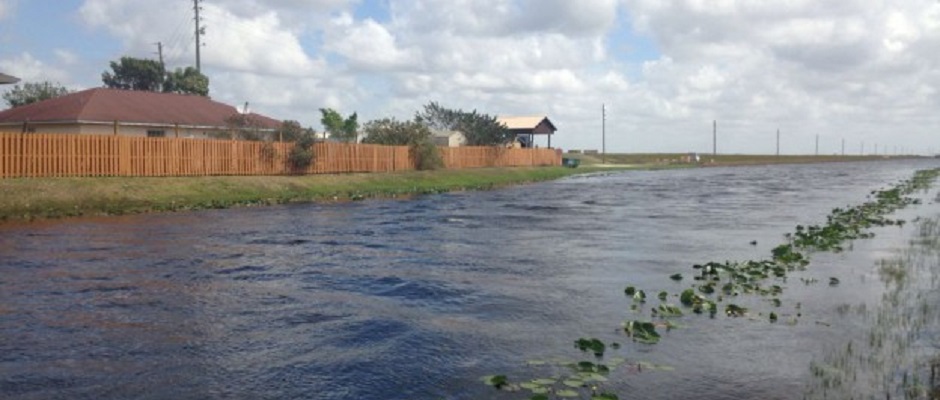
For over 25 years, the United states has not had a standing institutional mechanism for intergovernmental coordination between federal, state, and local governments.
The last official organization that handled such coordination was the U.S. Advisory Commission on Intergovernmental Relations (ACIR). ACIR was an independent, bipartisan intergovernmental agency established by Public Law 86-380 in 1959 and the institution’s primary missions was to “strengthen the American federal system and improve the ability of federal, state, and local governments to work together cooperatively, efficiently, and effectively.” On 30 September 1996, ACIR closed its doors, ending thirty-seven years of advocacy for federalism and intergovernmental relations.
While there has not been a standing institution to oversee intergovernmental coordination within the U.S., the federal government still relies heavily on the state and local governments to help implement national policies. A recent example is the $1.2 trillion Bipartisan Infrastructure Law, which was passed in November 2021. The law provides funding for public infrastructure which benefits the country as a whole, including roads and bridges, but which are typically constructed and maintained by state and local governments. The infrastructure investments cut across several sectors and federal agencies, including the Departments of Transportation, Commerce and Energy. The investments are supposed to be made over about five years.
To help manage the execution of this law, President Biden named Mitch Landrieu, a senior White House official, as the White House infrastructure coordinator. In January 2022, Landrieu wrote a letter to every governor requesting they name their own infrastructure implementation coordinators, following the model of the 2009 American Reinvestment and Recovery Act, when a group of state representatives served as recovery coordinators. Landrieu wrote that the Biden administration would look to the network of coordinators for ongoing feedback as the law’s programs are rolled out, should other governors take him up on his request.
“This individual would work with your budget team and across departments responsible for transportation, water, broadband, and energy investments to coordinate implementation of the various infrastructure programs, perhaps using a structure similar to the Infrastructure Implementation Task Force created by the President,” Landrieu wrote.
The governors of Arkansas and New Mexico have already taken steps to set up special committees to oversee the implementation of the infrastructure law, and Landrieu’s letter encourages others to follow suit.
“We know that needs, capacity, and challenges can vary widely by locality. We need to make sure our programs reflect these realities across your state and our country, and having a senior, single point of contact in your office will help ensure that issues get elevated appropriately and rapidly,” Landrieu continued.
The content related to the Bipartisan Infrastructure Law was originally posted on The Hill. Click here to view the original article.
Photo credit: Brooklyn Bridge, Downtown Manhattan, and Freedom Tower, golden hour. Used under Creative Commons license (CC BY 2.0).



